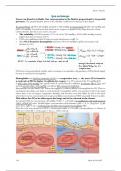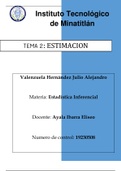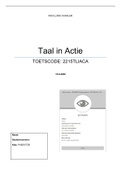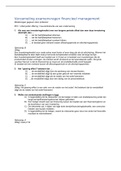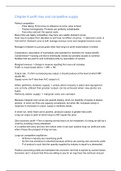Summary
Summary Gas exchange
- Course
- Institution
Explore the wonders of how our bodies exchange gases, transport oxygen, and sustain fetal life! This document breaks down complex topics like hemoglobin function, respiratory dynamics, and placental exchanges into simple, digestible explanations. Uncover the secrets behind how oxygen and carbon dio...
[Show more]
